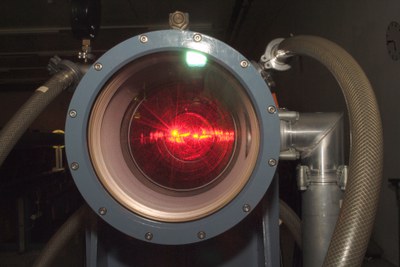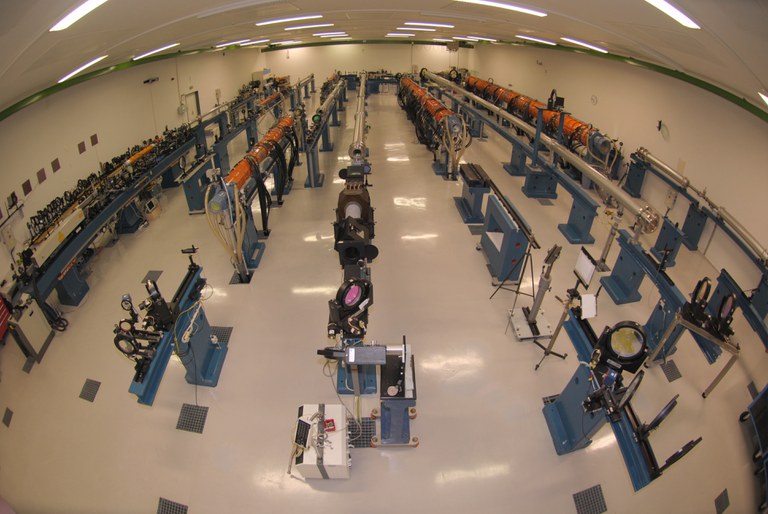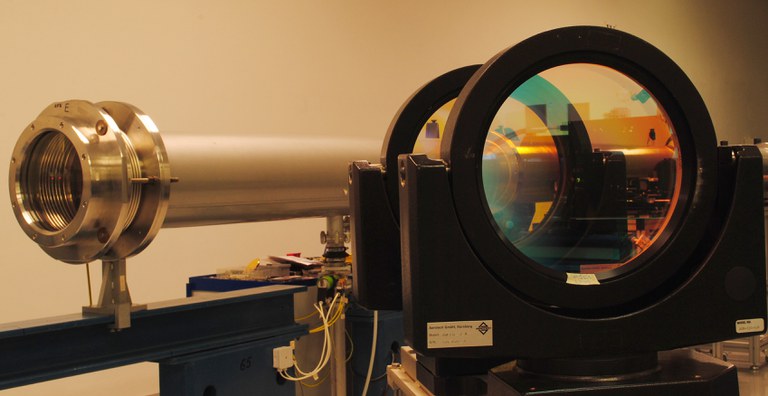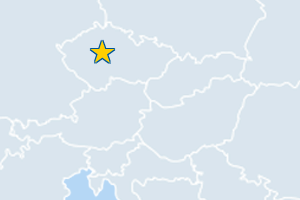PALS (Prague, Czech Republic)
Research highlights
The PALS research focuses on the interaction of high power laser beams with solid and gaseous targets; this research can be divided into several topics:
Inertial confinement fusion
Within the ICF research, the experiments performed at PALS are focused on the laser plasma instabilities and hot electron generation, their origin and mitigation with respect to the shock ignition scheme. Furthermore, various target geometries, including foam targets, were examined.
Proton-boron fusion
Proton-boron fusion scheme represents a promising aneutronic alternative scheme to the inertial confinement fusion. The performed experiments aimed on the enhancement of alpha-particle (the fusion-reaction product) yield.
Origin of life
These experiments were focused on the initiation of chemical reaction resulting in a production of the complex prebiotic molecules from primordial simple molecules (CO, N2, H2S, HCN) in the laser spark or during the interaction of laser-spark generated shock wave.
Electromagnetic pulse generation
During the interaction of high-power laser pulse with a solid target, strong electromagnetic pulses are generated. Such pulses can interfere or even destroy the diagnostics or electronic devices used during laser-plasma experiments. The main goal of the performed experiment was to study the generation of these electromagnetic pulses – e.g. target current measurement – and the mitigation of their impacts.
Projects performed by external users >>
Further application highlights
Expertise

The research at PALS is focused on the interaction of high-power (kJ-class) laser pulse with solid or gaseous targets generating hot dense plasma or strong shock waves and intensive laser sparks. The versatility of the facility and the available equipment allow to meet the host researcher requirements covering various topics as inertial confinement fusion (laser plasma instabilities, laser beam smoothing, hot electron generation, shock wave generation), laboratory astrophysics and astrochemistry (radiative shock wave and strong magnetic field generation, laser-spark triggered chemical reactions) and planetology (hot Jupiter atmosphere studies, primordial atmosphere bombardment simulations), electromagnetic pulse studies, etc.

Equipment offered to external users

- 1ω (1315nm)
- 600 J on target (maximal energy)
- pulse duration: 300 ps
- beam diameter 290 mm
- 3ω (438 nm)
- 300 J on target (maximal energy)
- pulse duration: 300 ps
- beam diameter 290 mm
- Ti:sapphire (probe beam) up to 1 J, 810 nm
- pulse duration 40 fs – 200 ps
- beam diameter up to 50 mm


